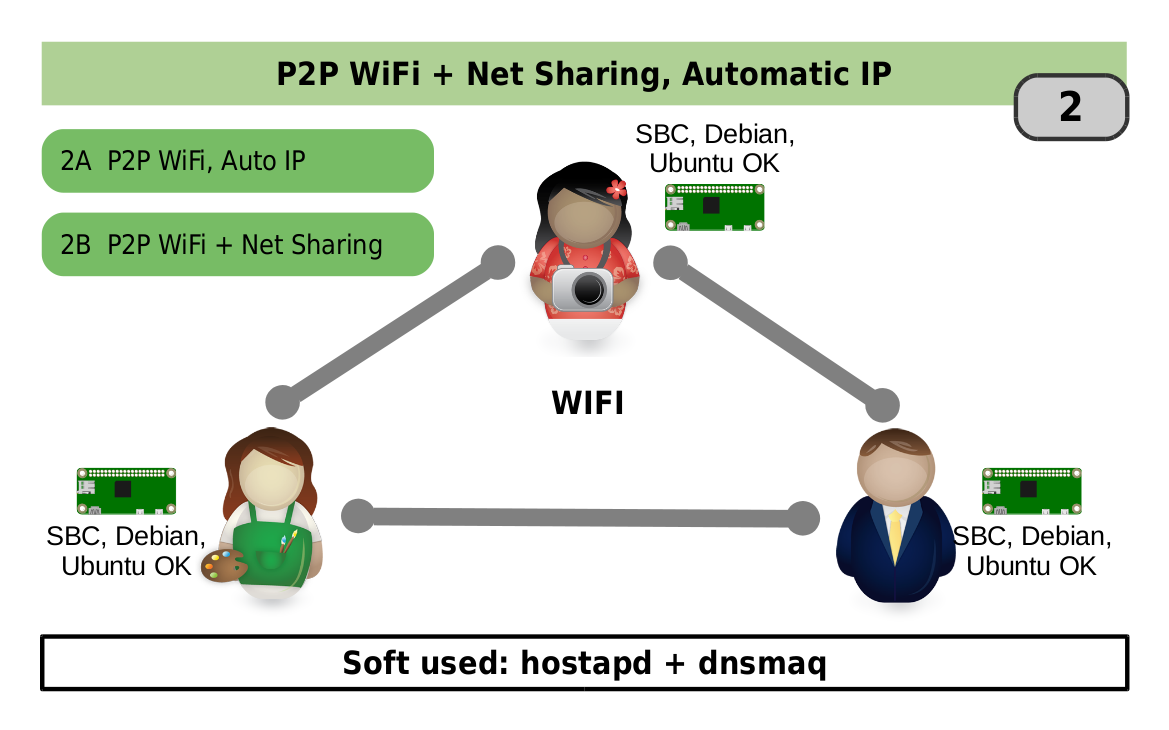Connecting remote IoT devices using peer-to-peer (P2P) technology has become a necessity in today's interconnected world. The rise of smart devices and automation systems demands secure and efficient communication protocols. With Raspberry Pi as a versatile platform, users can now securely connect remote IoT devices through P2P networks without any hassle.
In this digital age, ensuring the security of IoT devices is paramount. The increasing number of cyber threats and vulnerabilities necessitates robust solutions for remote device management. This article explores how to securely connect remote IoT devices using Raspberry Pi and P2P technology, providing a step-by-step guide and free download options for essential tools.
Whether you're a hobbyist, developer, or enterprise user, this guide will help you understand the intricacies of setting up a secure P2P connection for IoT devices. By the end of this article, you'll have the knowledge and resources needed to implement a secure and reliable system for your Raspberry Pi-based projects.
- 300 Mb Movies 4u Your Ultimate Guide To Downloading Movies Safely And Legally
- Hd4u Movie Download Your Ultimate Guide To Legal Streaming And Downloads
Table of Contents
- Introduction to IoT and P2P Technology
- Overview of Raspberry Pi
- Benefits of Using P2P for IoT
- Security Considerations for Remote IoT Connections
- Setting Up a P2P Connection on Raspberry Pi
- Essential Tools and Software
- Free Download Options for P2P Tools
- Step-by-Step Guide to Securely Connect Remote IoT Devices
- Troubleshooting Tips for Common Issues
- The Future of Remote IoT Connections
Introduction to IoT and P2P Technology
What is IoT?
The Internet of Things (IoT) refers to a network of interconnected devices that communicate and exchange data without human intervention. These devices range from simple sensors to complex automation systems, all designed to enhance efficiency and convenience in various industries.
Understanding P2P Technology
Peer-to-peer (P2P) technology allows devices to communicate directly with one another without relying on centralized servers. This decentralized approach offers several advantages, including reduced latency, improved scalability, and enhanced security.
Key Benefits of P2P:
- Hdb4u Hub Movies Download Your Ultimate Guide To Streaming And Downloading Movies
- Hdhub4ucat Your Ultimate Destination For Highquality Movie Downloads
- Decentralized architecture for better reliability
- Lower infrastructure costs
- Improved data privacy and security
Overview of Raspberry Pi
Raspberry Pi is a compact and affordable single-board computer designed for educational and hobbyist purposes. Its versatility makes it an ideal platform for IoT projects, enabling users to develop and deploy complex systems with minimal resources.
Features of Raspberry Pi:
- Multiple GPIO pins for hardware integration
- Support for various operating systems
- Low power consumption
- Wide community support and resources
Benefits of Using P2P for IoT
Implementing P2P technology in IoT projects offers several advantages, including:
- Enhanced Security: P2P networks reduce the risk of data breaches by eliminating centralized points of failure.
- Improved Performance: Direct communication between devices ensures faster data transfer and reduced latency.
- Scalability: P2P systems can easily scale to accommodate a growing number of devices without significant infrastructure changes.
Security Considerations for Remote IoT Connections
When connecting remote IoT devices, security should be a top priority. Here are some key considerations:
Encryption Protocols
Use strong encryption protocols, such as TLS or AES, to secure data transmission between devices. This ensures that sensitive information remains protected from unauthorized access.
Authentication Mechanisms
Implement robust authentication mechanisms, such as digital certificates or multi-factor authentication, to verify the identity of devices on the network.
Regular Updates
Keep your Raspberry Pi and associated software up to date with the latest security patches and updates to mitigate potential vulnerabilities.
Setting Up a P2P Connection on Raspberry Pi
Setting up a P2P connection on Raspberry Pi involves several steps, including configuring the network, installing necessary software, and securing the connection.
Step 1: Prepare Your Raspberry Pi
Ensure your Raspberry Pi is properly configured with the latest version of Raspberry Pi OS. Update the system using the following commands:
sudo apt update && sudo apt upgrade
Step 2: Install P2P Software
Choose a P2P software package suitable for your project. Popular options include libp2p and WebRTC. Install the software using package managers or download the source code for custom installations.
Essential Tools and Software
To securely connect remote IoT devices using Raspberry Pi, you'll need the following tools and software:
- Raspberry Pi OS
- libp2p or WebRTC
- SSH client for remote access
- Encryption libraries (e.g., OpenSSL)
Free Download Options for P2P Tools
Several free and open-source tools are available for setting up P2P connections on Raspberry Pi. Here are some recommended options:
- libp2p: A modular framework for building P2P applications.
- WebRTC: A browser-based technology for real-time communication.
- OpenSSL: A robust encryption library for securing data transmission.
Step-by-Step Guide to Securely Connect Remote IoT Devices
Step 1: Configure the Network
Set up a local network or use a cloud-based solution to facilitate communication between devices. Ensure proper configuration of IP addresses and firewall settings.
Step 2: Install and Configure P2P Software
Download and install the chosen P2P software on your Raspberry Pi. Follow the official documentation for configuration instructions.
Step 3: Secure the Connection
Implement encryption and authentication mechanisms to secure the P2P connection. Test the setup to ensure reliable and secure communication.
Troubleshooting Tips for Common Issues
Here are some tips for resolving common issues when setting up a P2P connection on Raspberry Pi:
- Check network settings for proper IP configurations.
- Verify software installations and configurations.
- Review firewall and security settings to ensure unrestricted communication.
The Future of Remote IoT Connections
The adoption of P2P technology in IoT applications is expected to grow significantly in the coming years. As more devices become interconnected, the demand for secure and efficient communication protocols will continue to rise. Raspberry Pi will remain a popular platform for developing and deploying these solutions, thanks to its affordability and versatility.
Conclusion
Securing remote IoT connections using P2P technology on Raspberry Pi is a powerful solution for modern-day challenges. By following the steps outlined in this guide, you can set up a reliable and secure system for your IoT projects. Remember to prioritize security and regularly update your software to ensure optimal performance.
We invite you to share your thoughts and experiences in the comments section below. If you found this article helpful, consider sharing it with your network. For more informative content, explore our other articles on IoT, Raspberry Pi, and related technologies.
- Mkvmoviespoint1 Your Ultimate Guide To Movie Downloads And Streaming
- Hd Hub Bollywood Your Ultimate Destination For Bollywood Entertainment


